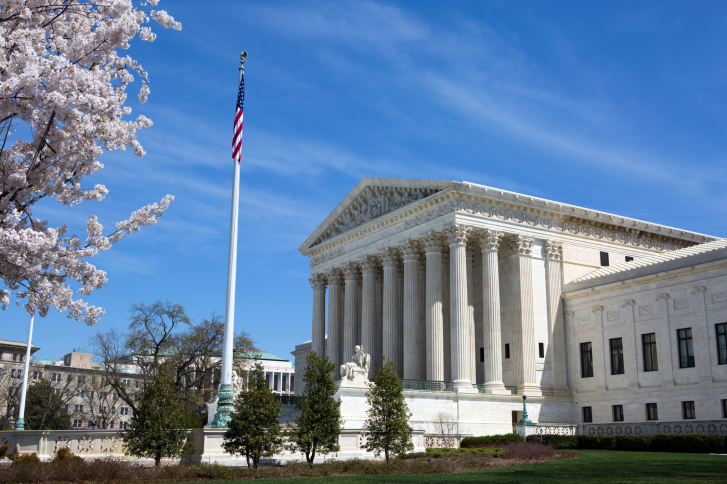The results of the first scientific survey of serology in a well-defined population has been conducted and – guess what? – the mortality rate for Coronavirus is not much different from that of the ordinary flu. This study is popularly known as the Stanford study (the principal investigator being associated with Stanford University School of Medicine) and as the Santa Clara study (Santa Clara County, California, being the place of the investigation).
The study was quickly published in large part because the sample was developed ahead of time, in anticipation of a serology test. It was also rushed to publication without peer review. And, it was funded by gifts from individuals, bypassing the often tedious process involved in obtaining government and private foundation funding. Multiple other such studies are currently underway.
Based on a sample of 3,200 gathered via Facebook, and poststratified (or, weighted) to be reflective of the population of Santa Clara Co., 3 to 4 percent of the population of that county were found to have antibodies to the Coronavirus. In contrast, as of two weeks prior to the survey, the county had 1,000 confirmed cases out of almost 2 million people or 0.05 percent (one-twentieth of 1 percent). This serology test suggests Santa Clara Co. actually had something like 57,000 cases at that time, the overwhelming number, presumably, being asymptomatic or ranging in their symptomatology from mild to moderate.
The proper conclusions to draw from this study are (1) the disease is highly contagious; and, (2) its mortality rate is equal to or not much higher than that of the ordinary flu.
If these findings are replicated, it might be asked if shutting down the economy was a mistake. The answer is: absolutely not. In real time, we didn’t have this information (and, without replication, there’s a sense in which we still don’t). The reason the economy was shut down given that the first line of defense (keeping the disease out of the general population) was breached, was always primarily to protect the vulnerable among us. Each human life has enormous, although not unlimited worth, whether or not particular persons are “useful” to society.
A secondary reason, not often stated, was to allow time to put the health care infrastructure in place needed to deal with a surge of cases. If anyone is so damned selfish to not care about the vulnerable among us, just think about what chances you would have of obtaining life-saving medical care if you should need it, if our health care infrastructure were overwhelmed.
Related to the secondary reason is the possibility of civil disorder. With the outbreak of panic, stoked by the so-called news media, with the ranks of law enforcement thinned by illness, with truck drivers refusing to make deliveries in hot spots, there could be rioting and widespread looting. If you think a lack of toilet paper was amusing, think about a lack of food.
Slowing the spread was absolutely the right thing to do in real time. And, with the health care infrastructure more or less in place to handle the present rate of new cases, it is time to start reopening the economy. At this time, the vulnerable must be isolated from those who must go to work until such time as we develop herd immunity, if necessary via vaccine.
Two other observations are in order: (1) the number of confirmed cases, stated by the fake news as the number of cases, is, at this juncture, merely an artifact of testing. We have the most robust testing regime in the world and, therefore, we have the highest number of confirmed cases. The number of confirmed cases plays an important, early warning role at the beginning of an outbreak of a contagion, but can later become a misleading statistic.
(2) Jurisdictions that report low numbers of cases either aren’t testing or are lying. No population has herd immunity. Once this disease breaks into the general population, large numbers of people will become infected. Figures from totalitarian regimes to the contrary should be considered suspect. On the other hand, the impressive figures from democratic countries like South Korea, Japan, Taiwan and Singapore are credible, and speak to the self-discipline of east Asians. Among the pluralistic and individualist democracies of the west, figures for the U.S. are second only to those of Germany. Congratulations might be in order if there weren’t so much work to be done.





